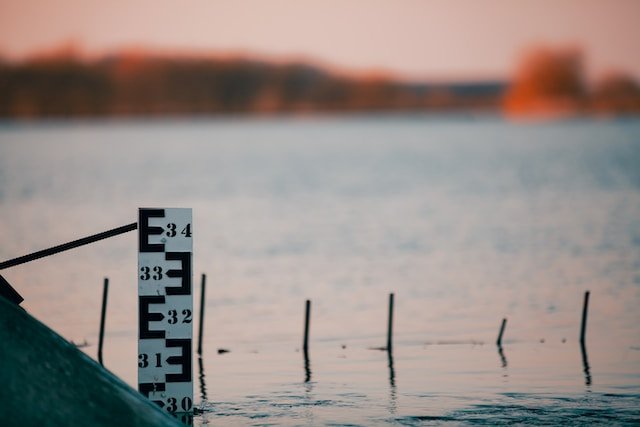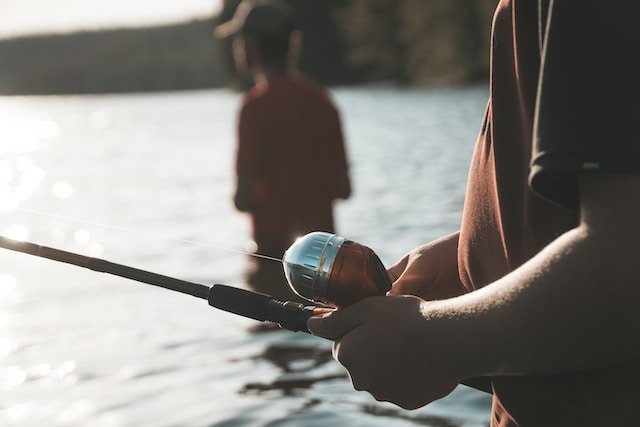Did you know?
Lake Hopatcong, which once comprised two lakes (Great Pond and Little Pond) is now the largest lake in New Jersey. In the 1750s, the lake was first dammed and then raised twice more. By the 1840s, the lake was as we know it today.
Today, the dam is still used to control the lake’s level and outflow of water into the Musconetcong River. The level is managed by Hopatcong State Park in accordance with the New Jersey Department of Environmental Protection’s (NJDEP) Lake Hopatcong Water Level Management Plan.
This plan consists of guidelines to maintain a lake level as close as possible to nine feet (9’) from May to mid-November while meeting the needs downstream. Each year, at the end of summer, a drawdown of 22 inches is made to protect waterfront structures such as docks, boat houses, etc. from ice damage and allows for minor maintenance to be done along the shoreline.
Then once every five years, in mid- to late-November, the water levels are reduced substantially with a drawdown of 60” to allow lakefront property owners to perform major repairs or to replace shoreline structures, as needed. This is also the time for maintenance and repairs to the dam, if necessary.
The drawdown schedule is calculated each year based on current lake levels and recent rainfall, but generally the drawdown begins mid-November. At that time, the water level is lowered gradually, approximately one to two inches per day, until the optimum level is reached. The level is then maintained until the winter ice on the lake has softened enough to avoid damage to lakefront properties. In the spring, the flow is reduced at the dam to maintain sufficient flow to the river while allowing the lake to refill to the 9’ level.
Source https://www.lakehopatcongfoundation.org/news/drawdown-details


